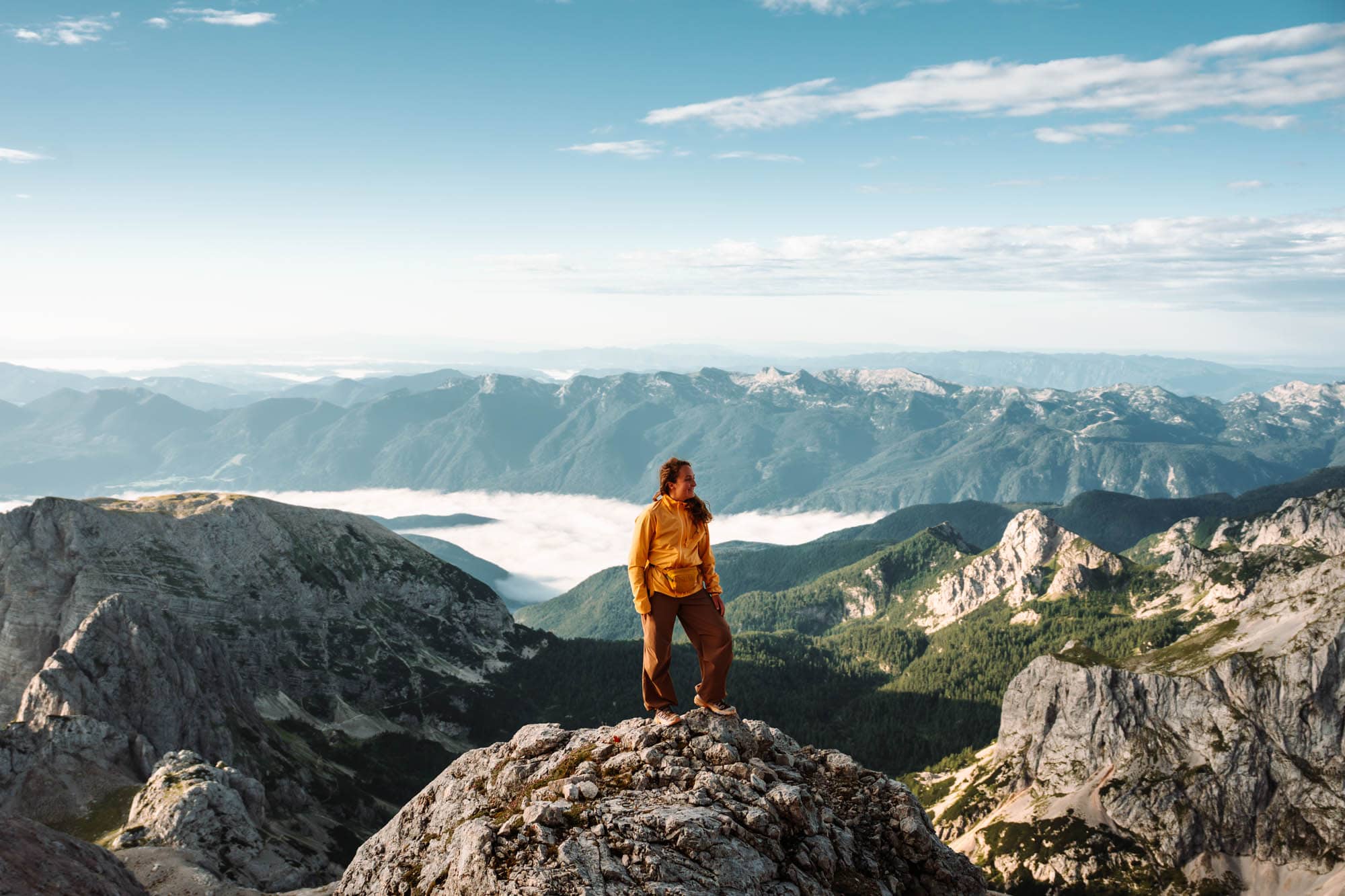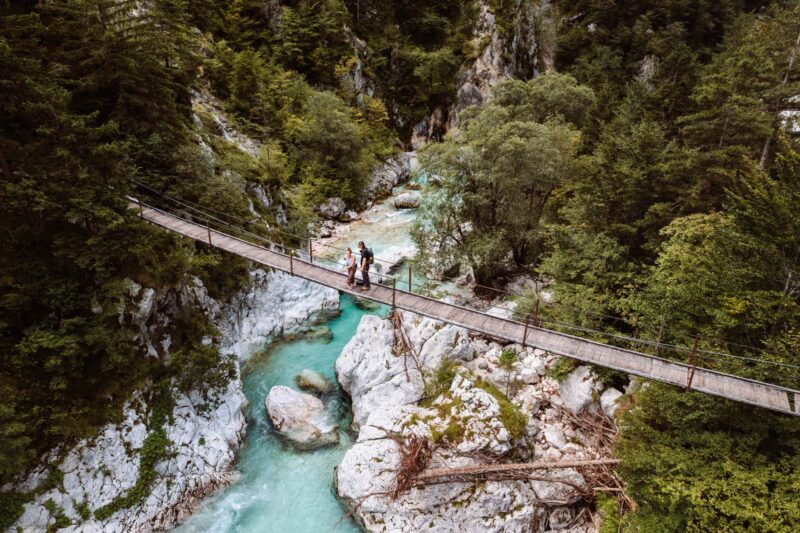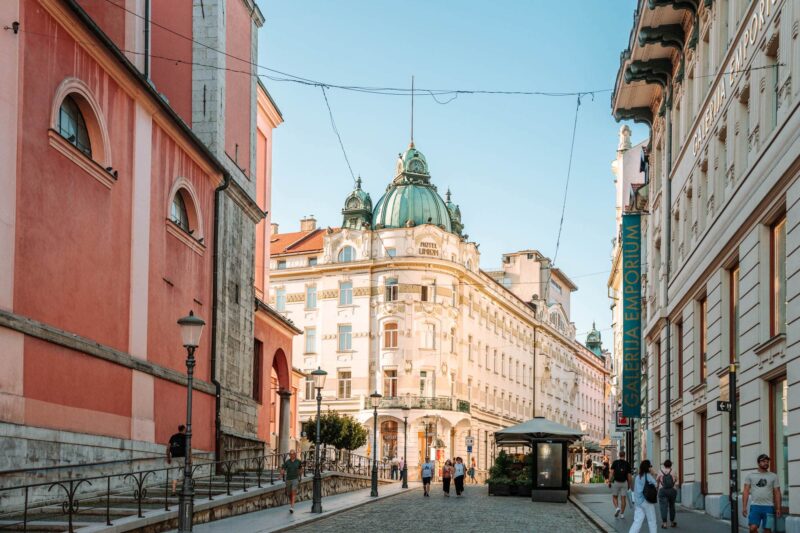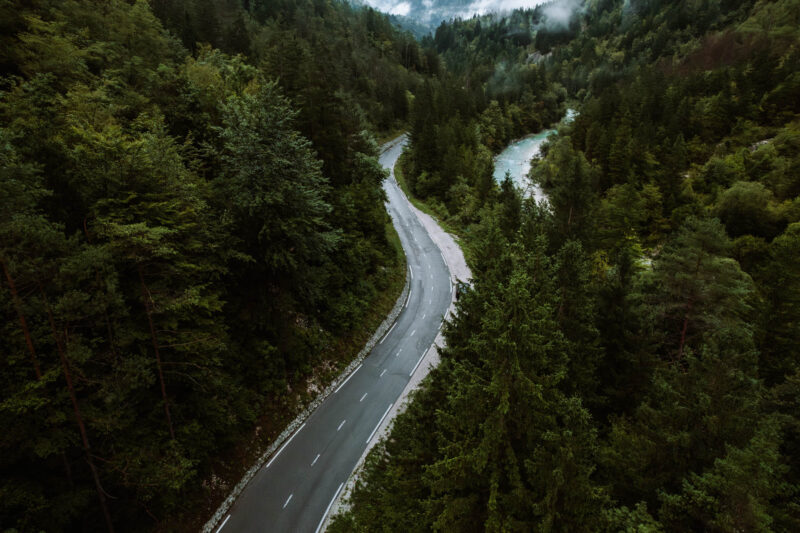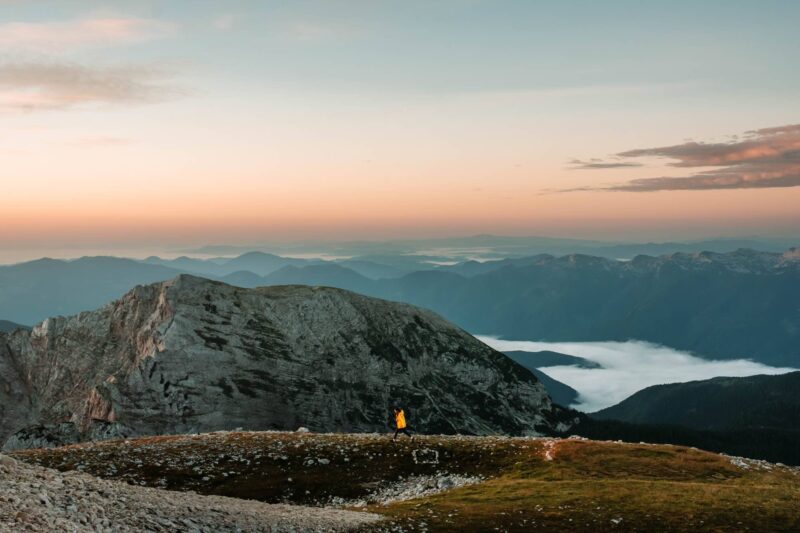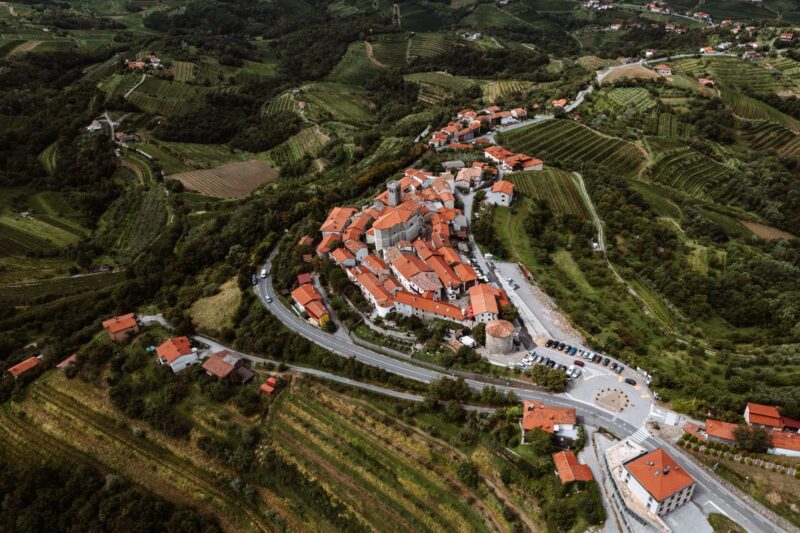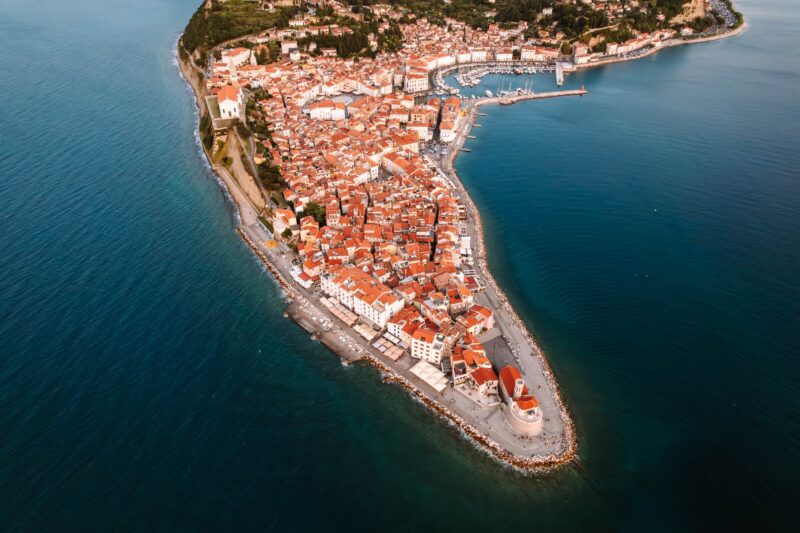At 2,864 meters (9,396 feet), Mount Triglav is the highest mountain in Slovenia — and the country’s national symbol. It proudly appears on the flag, and for many Slovenians, reaching its summit at least once in their lifetime is a matter of pride. In the heart of Triglav National Park awaits a world of rugged peaks, crystal-clear lakes, and narrow mountain trails. The climb is challenging but absolutely worth it. Along the way, you’ll hike through forests, over rocky paths, and past sweeping views. At the top, the iconic metal tower awaits — the perfect photo spot to mark your achievement. But how difficult is the hike really? Which route should you take, and where can you stay overnight? In this article, you’ll find everything you need to know about climbing Mount Triglav — from the route and mountain huts to practical tips and preparation advice.
Mount Triglav Climb Overview
- Distance: approximately 27 kilometers (16.8 miles)
- Duration: 2 days
- Elevation gain: about 1,800 meters (5,905 feet)
- Difficulty: moderate to strenuous
- Best season: July through September
Why Choose the Route Starting from Rudno Polje?
There are several routes to the summit of Mount Triglav, each with its own charm and level of difficulty. We chose the route starting from Rudno Polje — and highly recommend it. This route is slightly longer, but the elevation gain is spread out more evenly. That means the climb feels less intense, allowing you to build a steady rhythm. The beginning of the hike is relatively gentle, while the final stretch really puts your legs to work — a perfect balance between accessibility and challenge.
Another reason to start from Rudno Polje is its convenience. It’s located on the Pokljuka Plateau and is easily accessible by both car and public transportation. This makes it the most logical choice for anyone planning to climb Mount Triglav.
How to Get to the Rudno Polje Starting Point
By car
Rudno Polje sits at 1,350 meters (4,429 feet) on the Pokljuka Plateau. The drive there winds along mountain roads surrounded by forests and views that immediately get you in the hiking mood. At Hotel Center Pokljuka, you’ll find a large parking area where you can safely leave your car for one or more days for a small fee.
By public transport
During the summer months (July and August), a free shuttle bus runs from Bled to Rudno Polje — an ideal option if you’re traveling without a car. The bus departs twice daily from Bled Bus Station. Always check the current schedule in advance, as departure times can vary by season.
Mount Triglav Route Description
To give you a clear idea of what the hike looks like, here’s a breakdown by day.
Day 1: From Rudno Polje to Dom Planika
This first day takes you from the starting point to the mountain hut.
Rudno Polje (1,350 m / 4,429 ft)
From the Hotel Center Pokljuka parking lot, follow the well-marked trail into the forest. This first section is gentle and a pleasant start. You’ll soon reach an open meadow where you can refill your water bottle — do it here, as there are few refill points along the way.
Vodnikov Dom (1,630 m / 5,348 ft)
After about three hours of hiking, you’ll reach Vodnikov Dom — a mountain hut that’s the perfect place for a rest and a meal. From here, the steepest part of the route begins, and the landscape changes: the forest fades away, replaced by rocky, rugged terrain. The views open up and become increasingly spectacular.
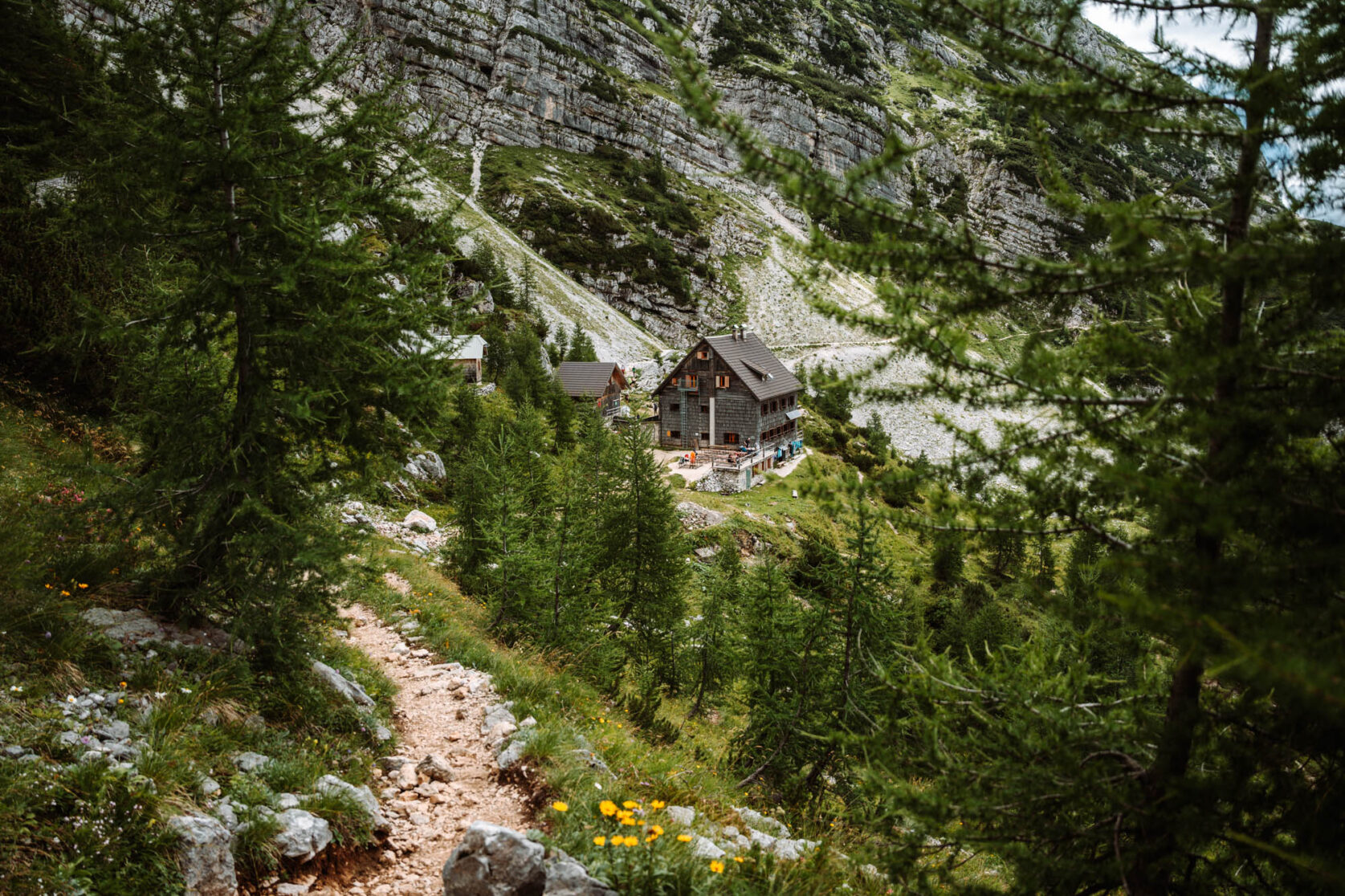
Via Konjsko Sedlo to Dom Planika (2,400 m / 7,874 ft)
From Vodnikov Dom, it’s about a two-hour climb to Dom Planika. Along the way, you’ll pass the junction at Konjsko Sedlo (2,019 m / 6,624 ft). Follow the red trail markers to the left toward Dom Planika. The right path leads to Triglavski Dom instead. The final stretch to the hut is steep, but the reward is huge — Dom Planika is your overnight stop at the foot of Mount Triglav.
Overnight Stay at Dom Planika Hut
The Dom Planika mountain hut sits at 2,400 meters (7,874 feet), just below the summit of Mount Triglav. It’s simple but atmospheric, with breathtaking views. Don’t expect luxury — just basic comfort: dorm rooms with bunk beds and a few smaller private rooms. You can book just a bed or opt for half-board (including breakfast and dinner). Meals are served at set times, usually between 6:00 and 8:00 a.m. The food is simple but hearty — think soups, stews, and pancakes with local honey. Dom Planika Hut is a great place to relax after a long climb.
Tip: Reserve Dom Planika well in advance, especially for July and August. Private rooms are often booked months ahead, while dorm beds are generally easier to find.
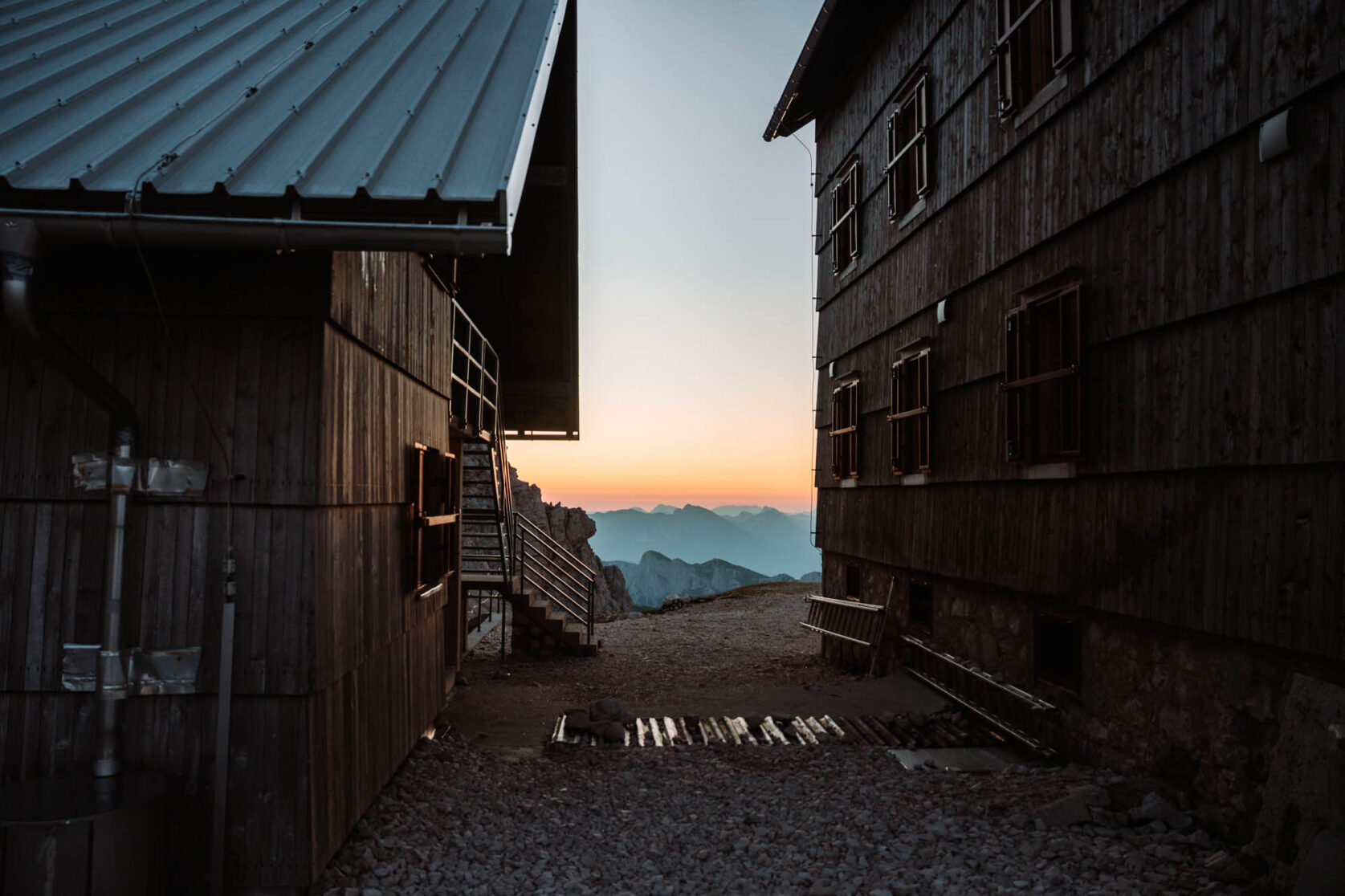
Day 2: From Dom Planika to the Summit of Mount Triglav
Day two is when the real climb begins.
Summit Ascent (2,864 m / 9,396 ft)
The final stretch to the top takes about 1.5 to 2 hours and follows a via ferrata route. Many hikers start around 4:00 a.m. to catch the sunrise from the summit — a magical experience! If you plan to do this, bring a good headlamp. If you prefer a later start, 6:00 a.m. is a good time; you can still watch the sunrise from Dom Planika, which is also spectacular. You’ll be more rested, and the weather is usually calmer early in the morning.

At the Summit of Mount Triglav
Once you reach the summit, you’ll be rewarded with panoramic views over the Julian Alps and the famous metal tower. The feeling up here is indescribable. Take your time to soak in the breathtaking scenery before heading back down.
Descent Back to Rudno Polje
After enjoying the views, descend via the same route back to Dom Planika and then to Rudno Polje. Expect the descent to take 6–8 hours, depending on your pace and trail traffic. Hiking the path in reverse, you’ll often notice details you missed on the way up.

You’ll Need Climbing Gear for This Hike
The final section before the summit follows a via ferrata — literally an “iron path” with steel cables, ladders, and rungs. The trail is narrow and exposed, so it’s mandatory to secure yourself with a harness and special safety lines. This allows even hikers without climbing experience to safely traverse rocky sections and steep drops. You’ll need to bring or rent climbing gear such as a harness, climbing helmet, and via ferrata set. Climbing gloves can also be helpful. If you don’t have your own equipment, you can rent it in Bled, for example from Altitude Activities.
What Makes Climbing Mount Triglav Special?
The climb to the top of Triglav feels like a summary of everything Slovenia’s mountains have to offer. You start in dense forests, hike through alpine meadows filled with flowers, scramble over rocky paths, and finish with a technical via ferrata section. Each part of the trail has its own character — and the higher you go, the more spectacular the views become.
Triglav also carries deep cultural meaning: for Slovenians, it’s a sacred mountain. Reaching the summit is a tradition that’s intertwined with national identity.
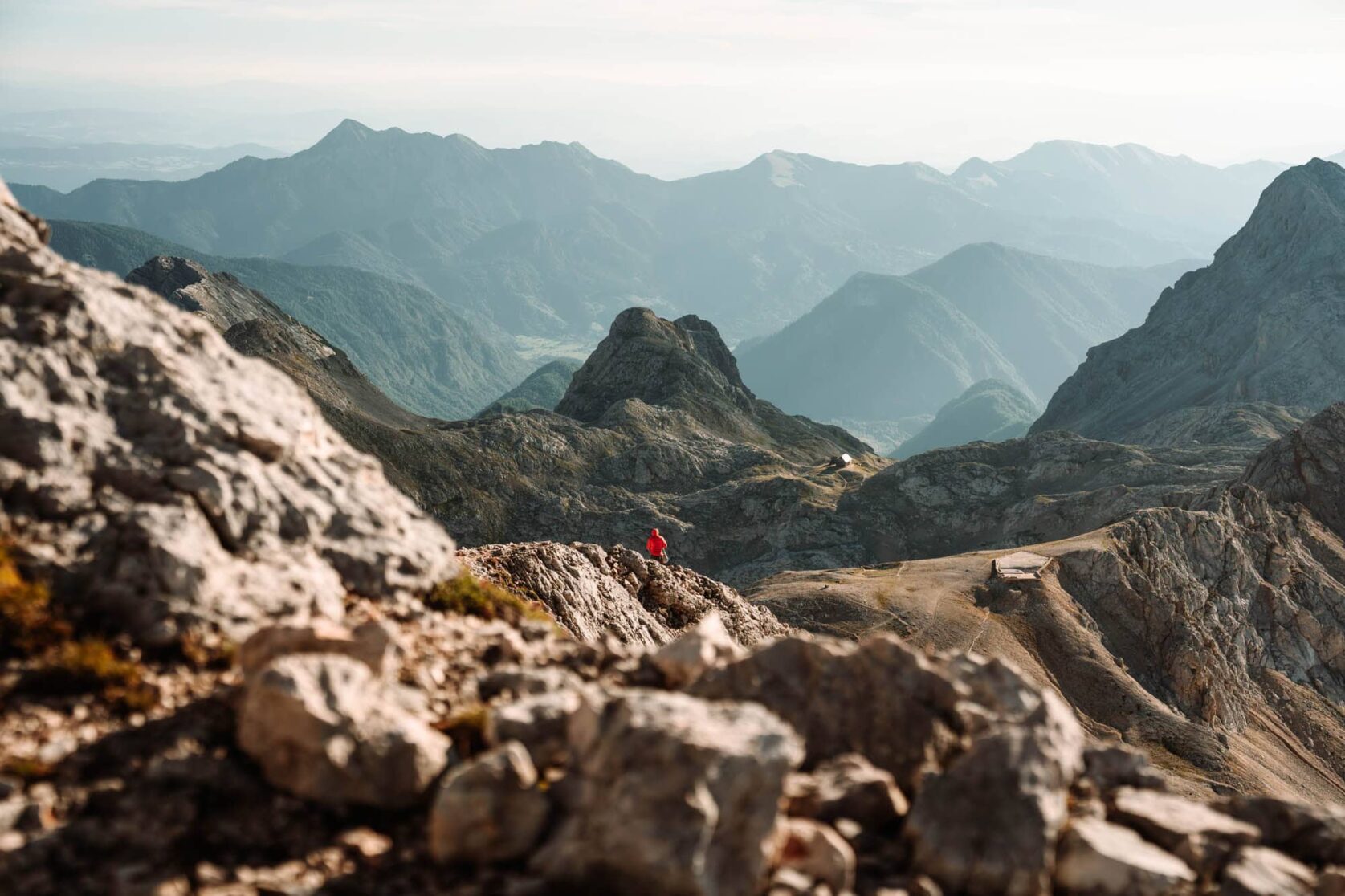
How Difficult Is the Climb?
Climbing Mount Triglav is demanding but manageable with a good level of fitness and some mountain hiking experience. The first section is easy, the middle section requires some scrambling, and the final part is more challenging. If you’re fit, well-prepared, and properly equipped, you can reach the summit. Not sure? You can always hire a local guide in Bled.
Tip: The rocks get slippery when wet, so be extra cautious in the rain or postpone your hike.
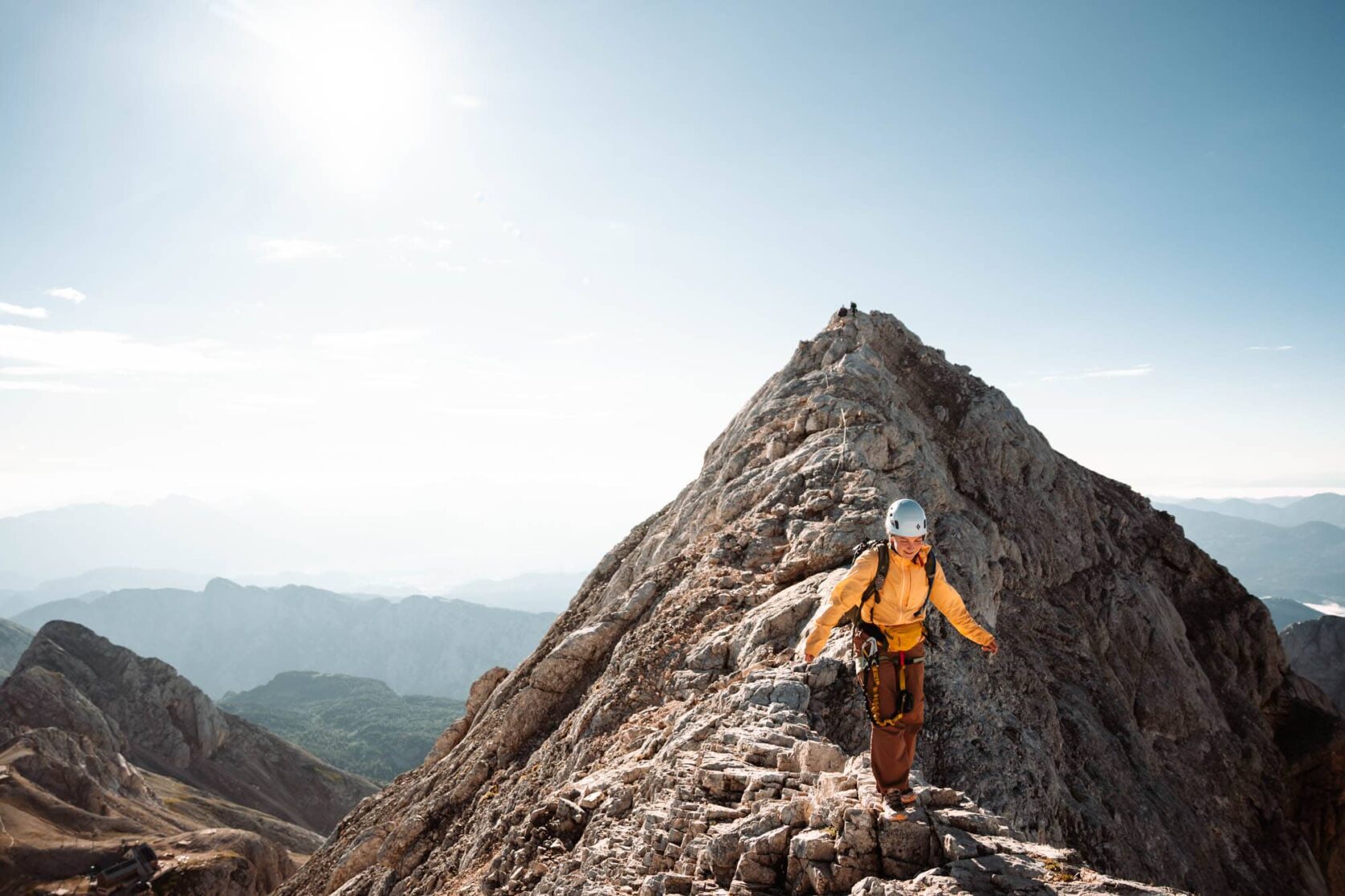
The route to Mount Triglav’s summit is generally well-marked with red signs and white-and-red trail blazes on rocks and trees. However, on steeper, rocky sections, it can sometimes be tricky to find the right path — especially in fog. It’s best to download the route offline in advance via AllTrails or Komoot so you can always follow it accurately. This is the route we followed.
Best Time to Climb Mount Triglav
The best time to climb Mount Triglav is between June and September. During these months, the trails are snow-free and weather conditions are stable. July and August are the busiest, so start early to avoid the crowds and midday heat. In October, temperatures drop quickly and snow can start to fall. In winter and early spring, the mountain is suitable only for highly experienced alpinists with specialized equipment.
Packing List for Climbing Mount Triglav
- Hiking boots
- Hiking shirts
- Underwear
- Hat or buff
- Thermal clothing
- Waterproof and windproof jacket
- Fleece jacket
- Hiking pants
- Via ferrata set
- Harness
- Climbing helmet
- Trekking poles
- Headlamp
- Small first-aid kit
- Sleeping liner (required in huts)
- Power bank
- Earplugs
- Sleep mask
- 1.5L water bottle
- Snacks
Practical Tips for the Mount Triglav Hike
- Start early so you reach the hut before dark.
- Refill water whenever possible — there are very few sources along the way.
- Keep a close eye on the weather, as conditions can change quickly. Ask for updates at the huts.
- Bring cash — not all huts accept cards.
- Respect nature and stay on marked trails.

